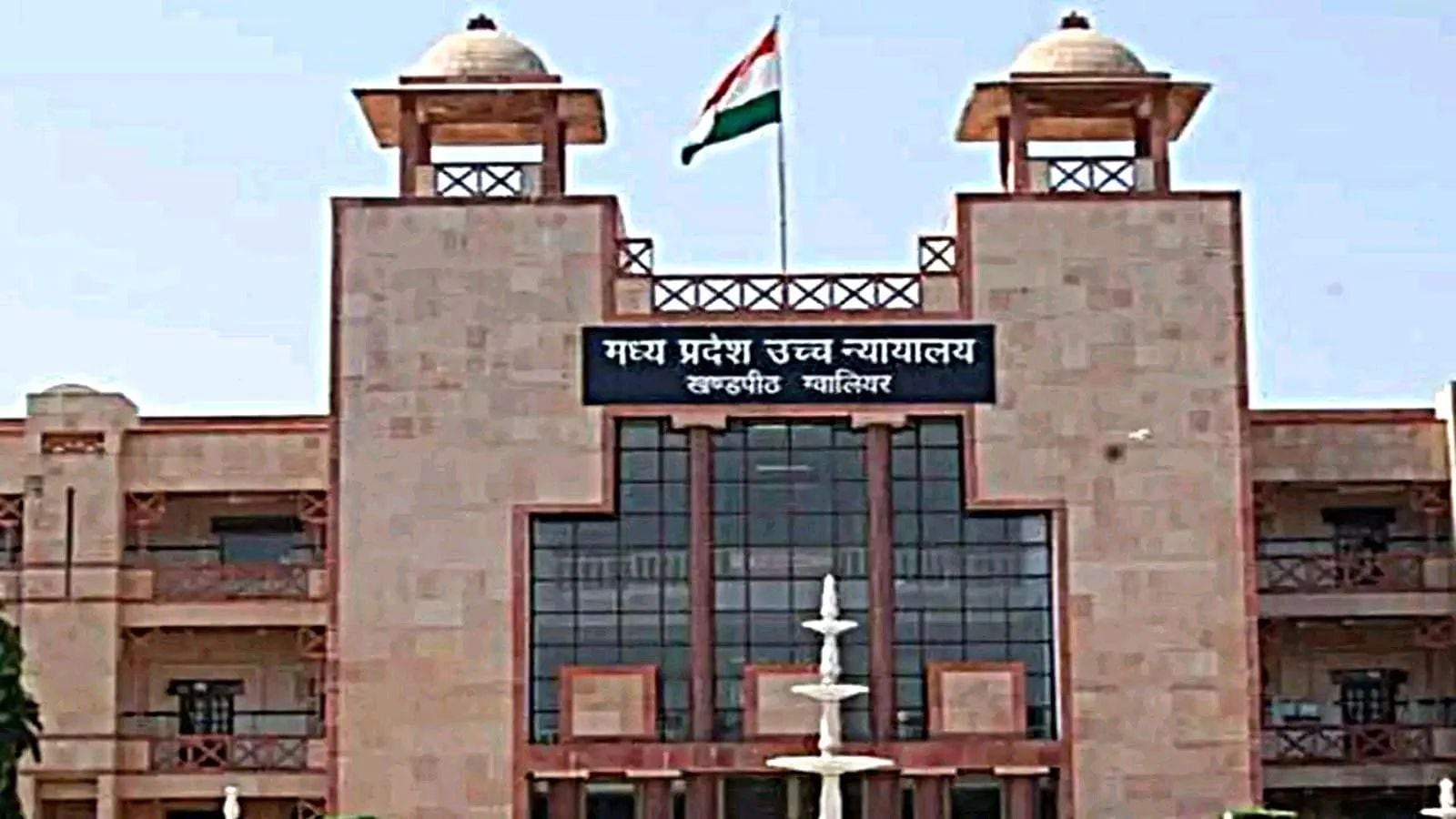The Union Cabinet on Tuesday approved a ₹1-lakh crore Research Development and Innovation (RDI) scheme that aims to incentivise the private sector to invest in basic research that would translate into innovative products and technologies.
Finance Minister Nirmala Sitharaman first announced the creation of such a fund in her interim Budget speech of 2024.
A horizon for the fund has not been specified. However, the Ministry of Science and Technology, which is to be administratively in charge of the corpus, had an additional ₹20,000 crore allotment in its Budgetary allocation for the 2025-26 financial year, officials had told The Hindu earlier this year, was intended for the RDI scheme.
The larger aim is to have India, like advanced technological countries, have private sector chip in more than government to fund basic research.
The RDI Scheme will have a two-tiered funding mechanism, the Science Ministry said in a press statement.
“At the first level, there will be a Special Purpose Fund (SPF) established within the ANRF, which will act as the custodian of funds. From the SPF, funds shall be allocated to a variety of second level fund managers. This will be mainly in the form of long-term concessional loans. The funding to R&D projects by the second level fund managers would normally be in the form of long-term loan at low or nil interest rates. Financing in the form of equity may also be done, especially in case of start-ups. Contribution to Deep-Tech Fund of Funds (FoF) or any other FoF meant for RDI may also be considered,” the statement noted.
Anusandhan National Research Foundation (ANRF) was conceived as an independent institutional body overseen by the science ministry to allocate funds for basic research and to incentivise private sector participation in core research.
The scheme has been designed to overcome the constraints and challenges in funding of private sector and seeks to provide growth and risk capital to sunrise and strategic sectors to facilitate innovation, promote adoption of technology and enhance competitiveness, the statement added.
Funds, however, would be provided only for products that had reached a certain level of development and market potential.
“TRL-4 [Technological Readiness Level -4] projects, which usually face the highest risk for want of financial support would be considered,” Minister for Information Technology Ashwini Vaishnaw said at a Union Cabinet press briefing. He did not explain how many levels of TRL existed.
The broad domains where investments would be encouraged include: Energy security and transition, and climate action; deep tech, including quantum computing, robotics, and space; artificial intelligence and its application to India-specific challenges in agriculture, health, and education; biotechnology, biomanufacturing, synthetic biology, pharma, and medical devices; digital economy including digital agriculture; technologies required for strategic reasons, economic security, self-reliance (Atmanirbhar), or public interest, Mr. Vaishnaw noted.



.png)
.png)
.png)
















 6 hours ago
3
6 hours ago
3








 English (US) ·
English (US) ·